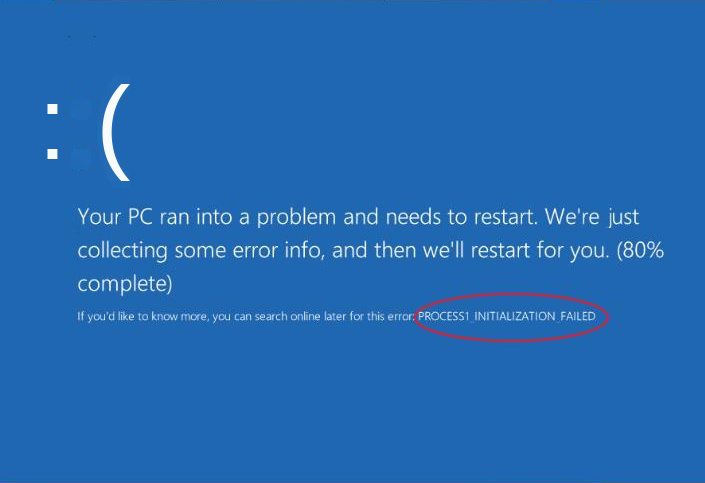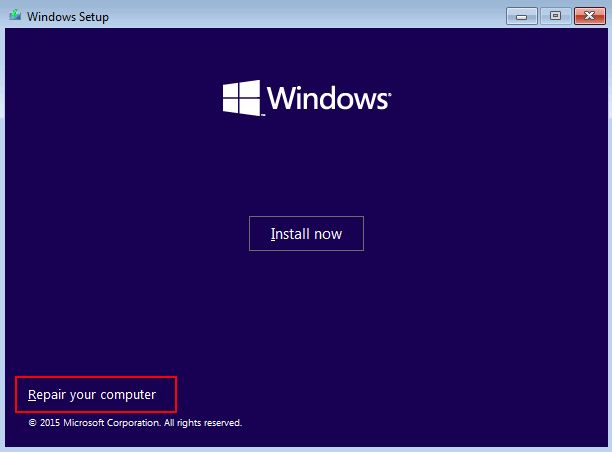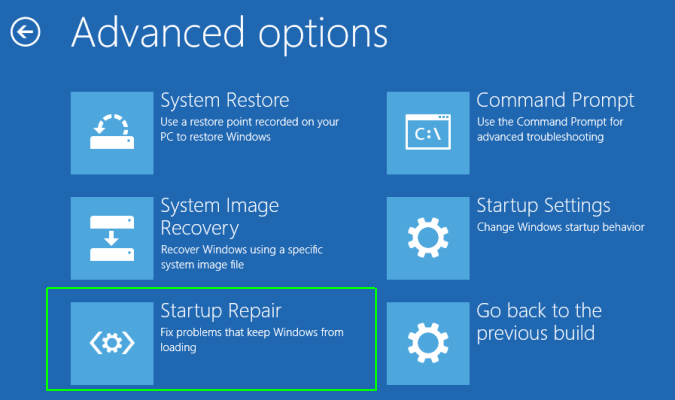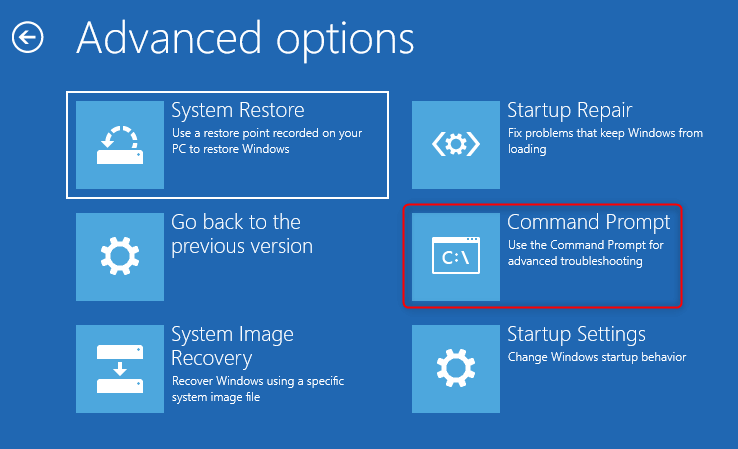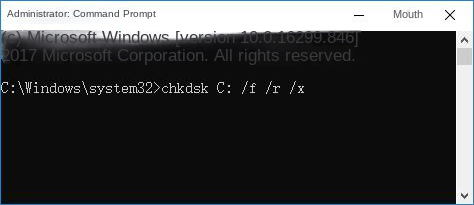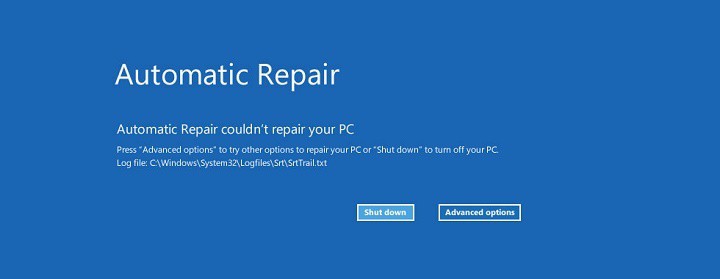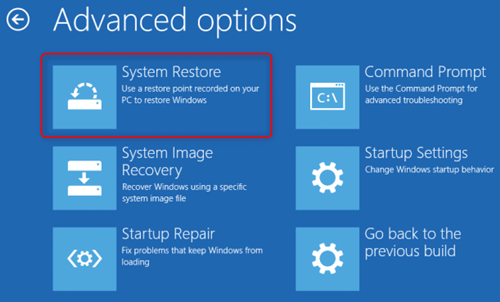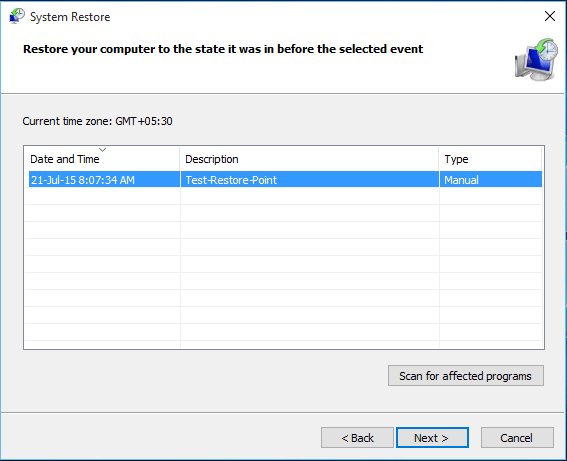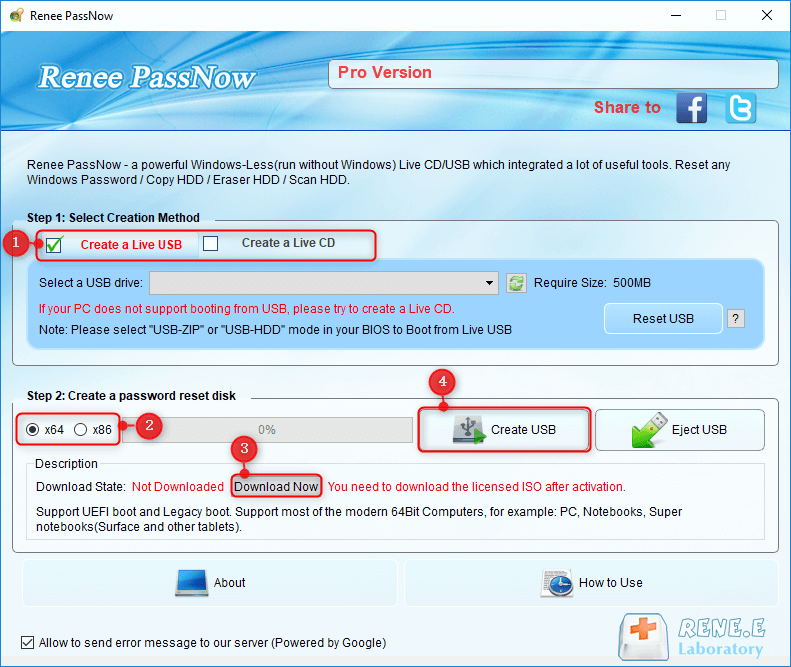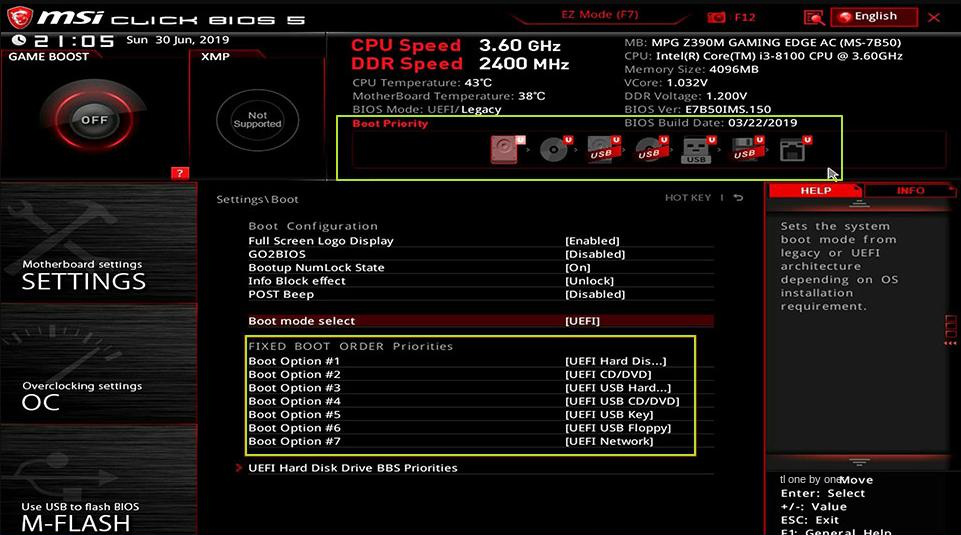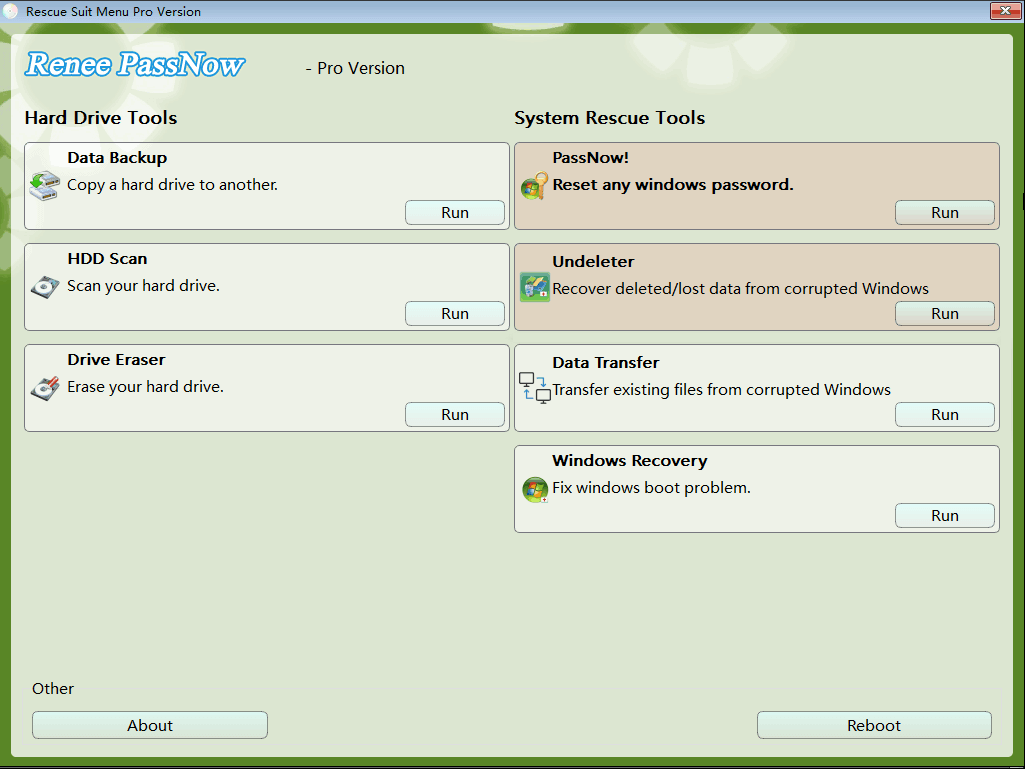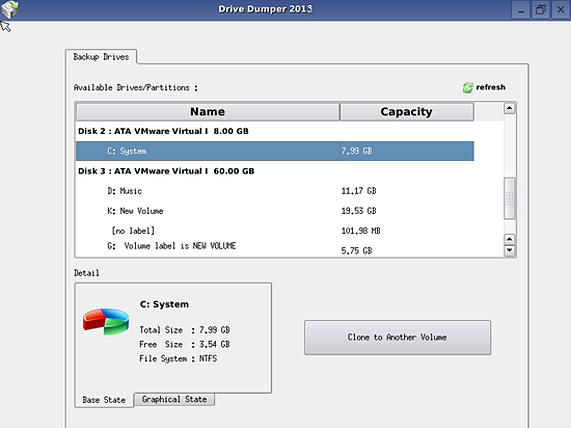I. How to fix the error code Process1 Initialization Failed?
The blue screen error code Process1 Initialization Failed generally appears after installing software or hardware, and it may also be related to startup file corruption, system failure, virus activity, power surge, etc. With this blue screen error, the computer may start up frequently and the user cannot perform any operations. The following will introduce several practical methods for this problem, let’s read together to understand.
When the blue screen error Process1 Initialization Failed appears, it is recommended that you restart the computer first. When the computer restarts, the system will automatically repair some problems that have been detected. If you can enter the Windows system, you can also perform the following operations to try to solve the problem.
① Execute Windows Update. Microsoft will regularly launch Windows updates to fix some system problems, so when a blue screen appears, you can try to perform Windows updates.
② Use anti-virus software to scan the computer. If you downloaded software or files from unknown sources before the blue screen error occurs, it is recommended that you uninstall the software and scan the computer with antivirus software to check for viruses or malware. Click here to view the specific steps for using the system’s built-in antivirus function.
③ If the blue screen appears on the computer after downloading and installing third-party anti-virus software, it is recommended that you uninstall the software, as the system may be incompatible with the third-party anti-virus software.
④ Update the driver. If you have newly installed a hardware device and the blue screen error appears later, it may be because the driver of the newly connected device is not compatible with the system, or the driver is not from an official manufacturer. It is recommended that you update your hardware drivers in time.
If the blue screen error still occurs after restarting the computer, and you cannot successfully enter the Windows system, please continue to try the following methods.
2. Perform startup repair
The Startup Repair feature resides in the Windows Recovery Environment and can fix many startup problems. Specific steps are as follows:
Step 1: Insert the Windows 10 installation disk (DVD or USB flash drive) into the computer. Continuously click F2 or F10 or DEL or ESC shortcut key (varies with the computer brand) to enter the BIOS setting interface when starting up, set the first boot sequence to the Windows installation disk, then save the settings, restart the computer, and make the computer start from the installation disk, Select the Repair Your Computer option on the Windows Installer Install Now screen to enter the recovery environment.
Step 2: After entering the recovery environment, select Troubleshooting > Advanced Options > Startup Repair. After Windows Startup Repair is complete, remove the Windows installation disk while the computer is off, and then restart the computer to check whether the problem is resolved.
3. Use the Chkdsk command to scan
Bad sectors on the hard disk may also cause the blue screen error Process1 Initialization Failed, so we can use the Chkdsk command to scan and repair the hard disk, the Chkdsk command can repair bad sectors and directory errors that may cause errors.
Step 1: Insert the Windows 10 installation disk (DVD or USB flash drive) into the computer. Continuously click F2 or F10 or DEL or ESC shortcut key (varies with the computer brand) to enter the BIOS setting interface when starting up, set the first boot sequence to the Windows installation disk, then save the settings, restart the computer, and make the computer start from the installation disk, Select the Repair Your Computer option on the Windows Installer Install Now screen to enter the recovery environment.
Step 2: After entering the recovery environment, select Troubleshooting > Advanced Options > Command Prompt.
Step 3: After opening the command prompt, enter the Chkdsk command, for example chkdsk C: /f /r /x (C refers to the disk number of the system hard disk, which can be changed to the disk number of the hard disk you think is problematic according to the actual situation, / f will try to repair errors found on the disk, /x means force unmount the drive before starting the scan; /r means scan and try to repair bad sectors), then press Enter. If you are prompted “chkdsk cannot be run because the target disk is in use, do you want to perform the check task next time you restart the computer”, please press Y to agree to run Chkdsk check when the computer restarts next time. After the Chkdsk check is completed, remove the Windows installation disk in the shutdown state, and then restart the computer to check whether the problem is resolved.
4. Use the SFC command to scan
SFC (System File Checker) is a utility in Windows. The SFC command scans and verifies the integrity of all protected system files and replaces wrong versions with correct ones. Many troubleshooting steps recommend using the SFC command. Specific steps are as follows:
Step 1: Press the power button to turn it on, and press and hold the power button when the startup logo appears to force shutdown. Repeat this step three times to allow the computer to start completely, select advanced options on the Auto Repair interface, and the computer will enter the Windows recovery environment. Or use the Windows installation disk to start the computer, you need to set the Windows installation disk as the first in the boot sequence in the BIOS settings, then save the settings and restart the computer, select the Repair Your Computer option in the Windows installation program Install Now interface to enter the recovery environment .
Step 2: After entering the recovery environment, select Troubleshooting > Advanced Options > Command Prompt.
Step 3: In the opened command prompt window, enter the SFC command, such as sfc /scannow /offbootdir=D:\ /offwindir=D:\windows, and press the Enter key. The scan may take approximately 5-20 minutes to complete. After the scan is complete, remove the Windows installation disk while the computer is off and restart the computer to see if the problem is resolved.
Note: /scannow in the sfc /scannow /offbootdir=D:\ /offwindir=D:\windows command can scan the integrity of system files and repair problematic files; /offbootdir is used to specify offline The location of the repaired offline startup directory; /offwindir is used to specify the location of the offline repaired offline Windows directory; D: is the drive letter of the disk where Windows is installed, and D:\Windows is the Windows folder can be replaced according to the actual situation.
5. Perform System Restore
Some system changes or registry corruption may also cause the blue screen error Process1 Initialization Failed. If you have created a system restore point before, you can use the system restore function to restore the system to the state when there was no error to solve the blue screen problem. .
Step 1: Turn on the computer, when the computer brand logo appears, press and hold the power button to force shutdown, repeat more than 3 times. Then allow the computer to fully start, select Advanced options in the Automatic Repair interface, the computer will enter the Windows recovery environment middle. Or use the Repair Your Computer option in Windows Setup to enter the recovery environment.
Step 2: When the screen displays to select an option, please click Troubleshooting – Advanced Options – System Restore in sequence.
Step 3: Then, select a recent restore point before the error occurred to restore, click Next and wait for the restore process to complete.
The above are several practical methods to solve the blue screen error Process1 Initialization Failed. If the problem cannot be solved, it is recommended that you reinstall the system, but before reinstalling the system, please remember to back up important data in the computer to avoid loss.

